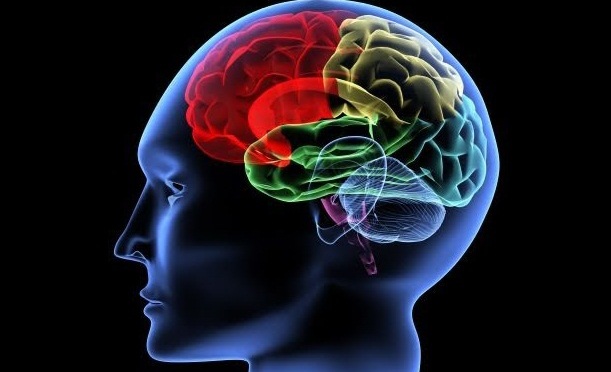The Seattle Times calls on raising the age to buy tobacco products from 18 to age 21, but it’s more urgent that “medical” marijuana be added to the substances with age limits. Teen admissions to substance abuse treatment have skyrocketed, and marijuana is the most common substance for which they are seeking treatment. The advent of e-cigarettes and vape pens has made this consideration very urgent.
In Colorado, 18-20-year olds easily obtain doctors’ recommendations to use pot and give or sell this “medical” marijuana to even younger children. Clearing the Haze, a 4-part, 18-article series in The Gazette, a Colorado Springs newspaper, gives insight how medical marijuana card holders end up selling to children. As much as 75% of the “medical” marijuana in Oregon is sold on the black market. California and Washington also have big problems of marijuana diversion to children.
From the start, “medical” marijuana has always been an excuse for users to evade the drug approval process and avoid scrutiny. Since it is only small components of the plant that may hold some medicinal value, calling whole marijuana “medicine” is a scam. (Keith Stroup, founder of NORML, said, “We are trying to get marijuana reclassified medically. If we do that, we’ll be using the issue as a red herring to give marijuana a good name.” Emory University, February 6, 1979)
Brain Development for those under Age 25
Lisa Taylor of Colorado Springs discussed the problems with medical marijuana in her city, where there are 91 “medical” pot stores. For the 18-20-year olds, she explained: “Their brains are still developing until at least age 25. They can vote, they can serve in the military at age 18, but can they really make that decision to risk brain function below age 25?” Colorado Springs has “medical” marijuana dispensaries, but no “recreational” stores, an obvious sign that these stores aren’t about health needs.
“The accessibility to our youth is the biggest problem and has become even worse with legalization,” she said. They are trying to grow demand. Even if young people eventually stop using pot, it’s unclear how much their brains can get back what has been lost.
Tobacco can take years off the end of life, while marijuana takes years off the beginning of adult life, and stifles mental health and maturity. Research in recent years has shown marijuana causes irreparable brain damage and loss of IQ until the brain reaches full maturity at or about age 25. Even more startling is a long-term study out of Australia and New Zealand which found that teens who use marijuana are 7x more likely to attempt suicide. While depression affects about 25% of American teens today, the prognosis for working out of the depression is so much worse when teens use marijuana.
The damage is both age and dose dependent. The brain damage it causes is staggering and will diminish the ability of young pot users to succeed in life.
California Problems, Too
When voters approved the first medical marijuana ballot, in California back in 1996, the potency of marijuana was about 4%. Today it averages 15% and goes as high as 40% in smoked form, and 95% as wax or Butane Hash Oil (BHO). CBD, the isolated component of the plant which can offset the psychoactive effects of THC has largely been bred out of the marijuana, as people just want the high. The result is an increase in psychosis including schizophrenia and paranoia, suicides and traffic fatalities.
The intent of medical marijuana plans in most states was to provide relief for the chronically ill in cases where conventional medicines didn’t work. What has occurred in reality is that 18-year olds, who can’t legally buy beer, can get a doctor’s recommendation for any purported illness and buy at any dispensary.
Much medical marijuana is in the form of edibles. In western states, edibles usually have higher potency than the smoked form. Recently, a young man, committed suicide after ingesting marijuana edibles in Colorado. Another 19-year old college student jumped 4 stories to his death after eating a marijuana cookie last year. In California, a young college intern who came from the east coast went into a suicide watch after eating his roommate’s 420 Bar found in the refrigerator. Each of these incidents reflects the difficulty of expecting young people to keep it from others and to properly dose marijuana. In fact, “medical” marijuana presents special difficulties in guaranteeing consistency.

